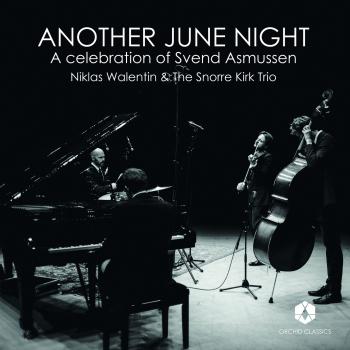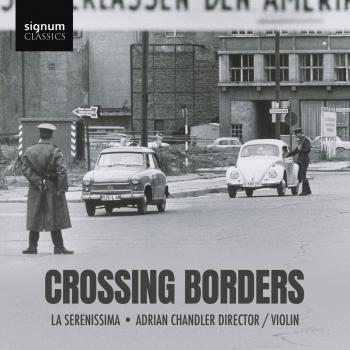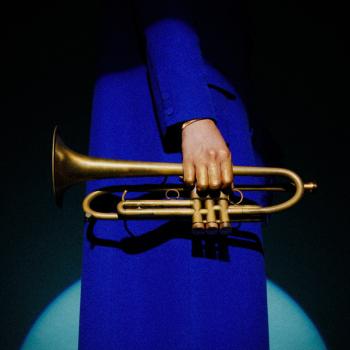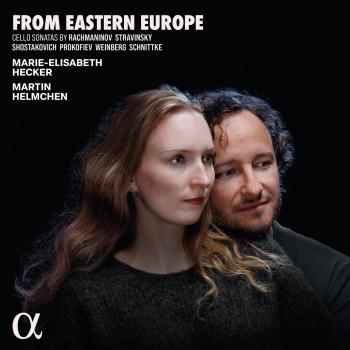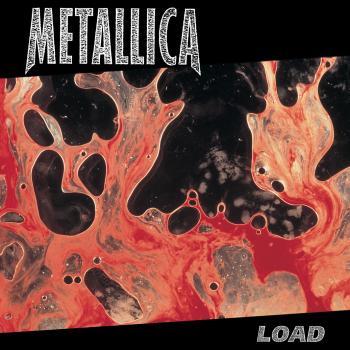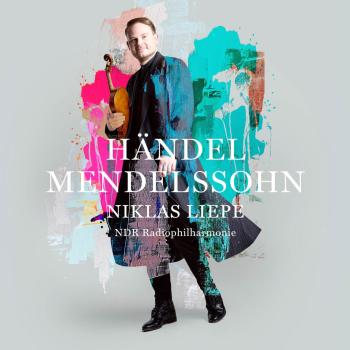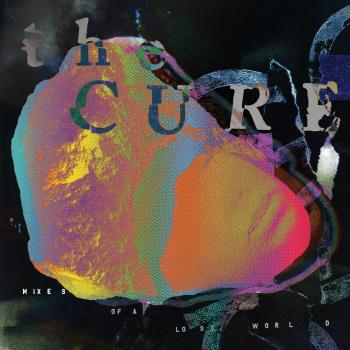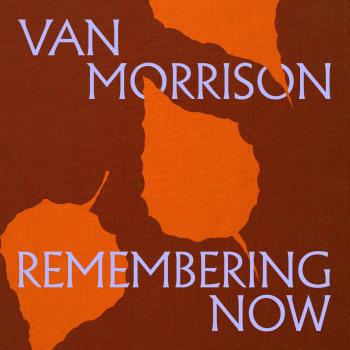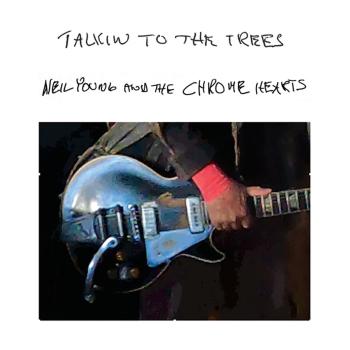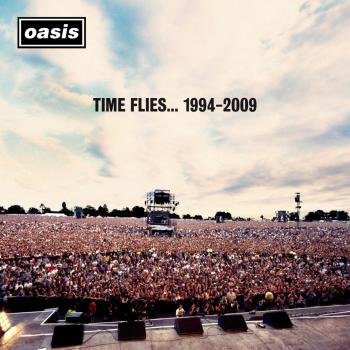
The Opener Curtis Fuller
Album info
Album-Release:
1957
HRA-Release:
15.01.2014
Album including Album cover
I`m sorry!
Dear HIGHRESAUDIO Visitor,
due to territorial constraints and also different releases dates in each country you currently can`t purchase this album. We are updating our release dates twice a week. So, please feel free to check from time-to-time, if the album is available for your country.
We suggest, that you bookmark the album and use our Short List function.
Thank you for your understanding and patience.
Yours sincerely, HIGHRESAUDIO
- 1 A Lovely Way To Spend An Evening 06:51
- 2 Hugore 06:43
- 3 Oscalypso 05:40
- 4 Here's To My Lady 06:44
- 5 Lizzy's Bounce 05:24
- 6 Soon 05:37
Info for The Opener
When bebop took over from swing, it was feared that the trombone was on its way to becoming a minor instrument. Few other than J.J. Johnson and Kai Winding could figure out how to play the potentially-awkward trombone at the rapid speeds favored by Charlie Parker and Dizzy Gillespie. However Curtis Fuller, who emerged in the mid-1950s, developed a style inspired by J.J. Johnson that became an influential force and helped to save the instrument. By the time he recorded The Opener in 1957, Fuller was the definitive hard bop trombonist, a position that he would own after spending several years in the 1960s as a member of Art Blakey's Jazz Messengers. For his debut Blue Note album, Fuller digs into three standards, two originals and 'Oscalypso' (a calypso by Oscar Pettiford), showing that the trombone has an important role in modern jazz, at least by those who could play on this level. His warmth, swing and consistently colorful ideas make The Opener one of Curtis Fuller's most exciting and memorable.
Curtis Fuller, trombone
Hank Mobley, tenor saxophone
Bobby Timmons, piano
Paul Chambers, bass
Art Taylor, drums
Originally recorded on June 16, 1957 at Rudy Van Gelder Studio, Hackensack, New Jersey.
Remastered from the Original Rudy Van Gelder Blue Note Master Tapes!
Curtis Fuller
belongs in the select circle with J.J. Johnson, Kai Winding, and a few others who make the trombone sound fluid and inviting rather than awkward. His ability to make wide-octave leaps and play whiplash phrases in a relaxed, casual manner is a testament to his skill. Fuller's solos and phrases are often ambitious and creative, and he's worked in several fine bands and participated in numerous great sessions. Fuller studied music in high school, then began developing his skills in an Army band, where he played with Cannonball Adderley. He worked in Detroit with Kenny Burrell and Yusef Lateef, then moved to New York. Fuller made his recording debut as a leader on Transition in 1955, and recorded in the late '50s for Blue Note, Prestige, United Artists, and Savoy. He was a charter member of The Jazztet with Benny Golson and Art Farmer in 1959, then played in Art Blakey's Jazz Messengers from 1961 to 1965. There were additional recording dates for Warwick, Smash/Trip, Epic, and Impulse! in the '60s. Fuller toured Europe with Dizzy Gillespie's big band in 1968, then did several sessions in New York. During the '70s, he experimented for a time playing hard bop arrangements in a band featuring electronic instruments, heading a group with guitarist Bill Washer and Stanley Clarke. He concluded that phase with the 1973 album Crankin'. Fuller toured with the Count Basie band from 1975 to 1977, and did dates for Mainstream, Timeless, and Bee Hive. He co-led the quintet Giant Bones with Winding in 1979 and 1980, and played with Art Blakey, Cedar Walton, and Benny Golson in the late '70s and early '80s. During the '80s, Fuller toured Europe regularly with the Timeless All-Stars, and performed and recorded with the revamped Jazztet in addition to leading a fine session for Savoy in 1993. (Ron Wynn). Source: Blue Note Records)
This album contains no booklet.

